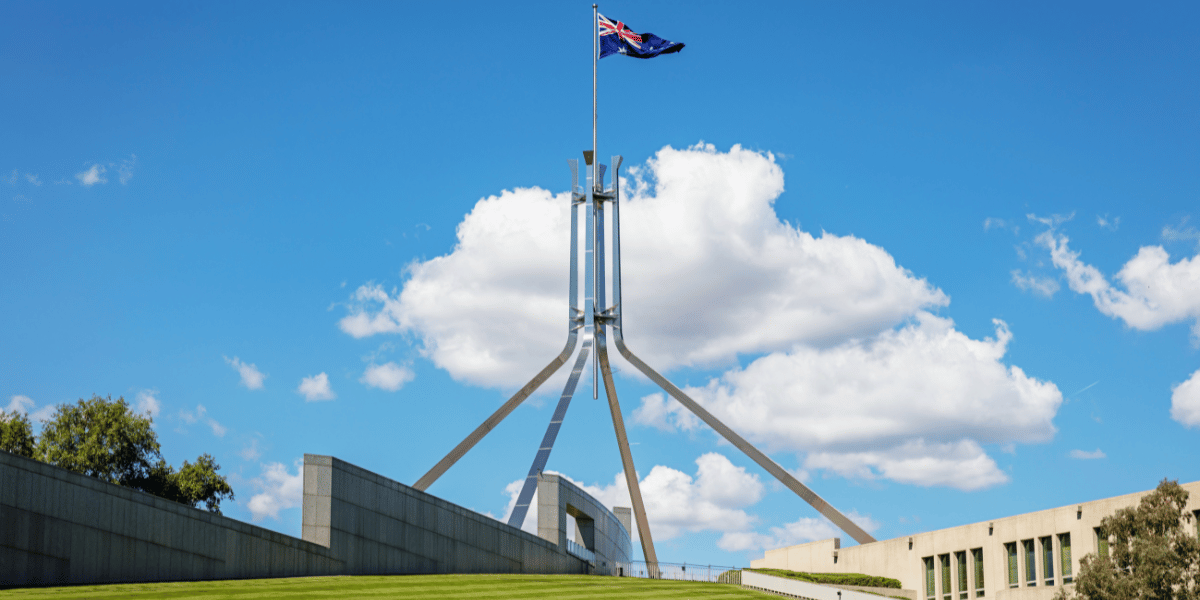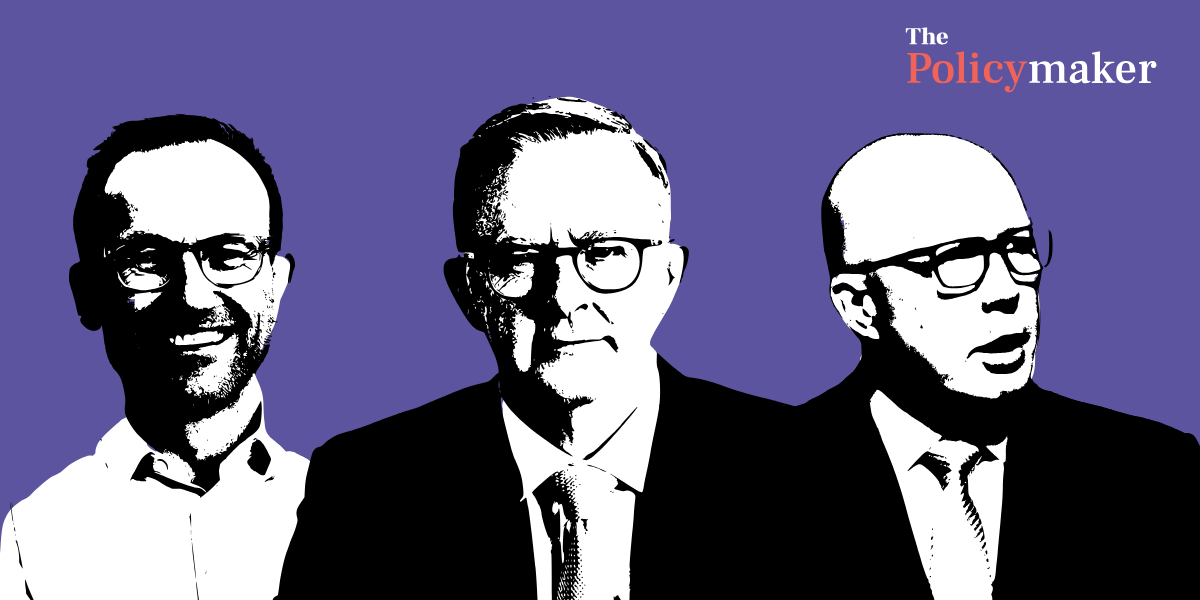This article was co-authored by Pauline McGuirk, Alistair Sisson, Tom Baker, Robyn Dowling and Sophia Maalsen.
Local governments are vital laboratories for policy innovation and experimentation. How can Australia better harness this potential?
You don’t need to be a fan of the sitcom Parks and Recreation to know the stereotype of local government as arcane, slow, needlessly bureaucratic, and stubbornly resistant to change.
Acknowledging this stereotype (and the elements of truth it contains), local governments—and city governments in particular—are rolling out a range of “innovation” initiatives. These are fueled by international campaigns, supported by organisations ranging from KPMG to Bloomberg Philanthropies to the World Bank and the OECD, to advance visions of more effective, responsive and efficient city government.
Driving this trend is a view of cities as places where the world’s thorniest public policy challenges are most intense.
More than 50 per cent of the world’s population live in cities and the continued concentration of human activity within cities can heighten the challenges posed by climate change, infectious disease transmission, and increasingly unaffordable housing and insecure work—to name just a few.
At the same time, cities are increasingly seen as spaces where the solutions to these problems are closest to hand.
In contrast to the scale of national governments, often judged to be sluggish in response to the major societal problems of our time, the city-scale is presented as one at which innovative solutions can be rapidly developed, trialed, improved, implemented and then replicated or scaled to national or international levels.
Being closer to citizens, city governments are framed as more democratic and accountable. And cities are where networks of powerful institutions and individuals are concentrated. They are places with the mix of resources and skills to deliver innovative policy solutions to contemporary social, economic and environmental challenges.
But, as we ask in a recent paper, what exactly does this trend towards innovation within city governance entail, how does it work, who does it involve, and what are its implications?
There are numerous examples of city innovation labs, offices or teams. Boston’s Mayor’s Office of New Urban Mechanics experiments with and prototypes policies and interventions like additional dwelling units on existing residential properties as a way of increasing housing supply. The Office of Civic Imagination in the city of Bologna, focuses on the “urban commons”, and coordinates participatory and collaborative policymaking between government, citizens and community groups.
Co-design or human-centred design approaches are also prevalent. Mirroring the role of consulting firms like IDEO, Singapore’s internal Public Sector Division Innovation Lab coaches public servants across multiple departments and agencies in these practices.
Relatedly, prototyping policies and projects to drive more agile, responsive and iterative governance is a popular practice—one seen in Vancouver’s City Studio, which pairs university students with city authorities and other private and NGOs to devise and test interventions ranging from migration services to bicycle repair stations.
There has been a proliferation of challenge prizes to source and fund innovative urban solutions, such as the City of Melbourne’s Open Innovation Competition for supporting digital and data-led solutions to the City’s policy objectives. And at a global scale, the Bloomberg Mayors’ Challenge has municipalities compete for million-dollar philanthropic grants to implement “best practice” policies and programs.
It’s tempting to position innovation in city governance as improving service delivery and enhancing the common good. But its disruptions to city governance need to be carefully weighed. Innovation might deliver enhanced citizen participation in government or make it more technocratic, or even reduce its accountability. They might involve enhancing public value or monetising public services.
So, there are some critical questions to be asked of efforts to innovate city governance. What is being innovated and by whom? Who is seen to possess the capacity for innovation? Which problems, values and perspectives are prioritised and which are downplayed as a result? And what changes can city governments realistically determine and deliver given limits on their capacities, resources and—in federal systems like Australia—jurisdictional limitations?
Our early analysis points to a range of other issues that elected officials and policy professionals are grappling with: moving from isolated and time-limited innovation “projects” to more lasting organisational norms and more widely-applicable policies; developing sustainable resourcing, particularly for weathering changes in personnel and political leadership; and how to navigate issues of distributed authority and accountability in partnerships with philanthropic organisations that are active players in the world of city government innovation.
There is much at stake as city governments attempt to shed their Parks and Recreation stereotype, embracing the language and tools of “innovation”, sometimes in ways that are hard to distinguish from the corporate sector-speak of another sitcom: Silicon Valley.
Maintaining a strong sense of public purpose in efforts to innovate within city government, serving citizens over consumers and prioritising social value over narrower financial metrics, will go some way to ensuring we don’t replace one stereotype with another.
Pauline McGuirk is Director of the Australian Centre for Culture, Environment, Society and Space, University of Wollongong. Her work revolves, broadly, around critical studies of urban governance, its changing geographies, material practices and politics, and the differential implications for urban places, communities, subjectivities and power.
Alistair Sisson is a Postdoctoral Research Associate in the School of Architecture, Design and Planning, University of Sydney. His work spans housing, stigma, gentrification, urban development, and urban governance.
Tom Baker is senior lecturer in the School of Environment, University of Auckland. His research focuses on how public policies are made and implemented, addressing social, institutional, ideological and spatial dimensions.
Robyn Dowling is Dean of the School of Architecture, Design and Planning, University of Sydney. Her current research is concerned with the ways in which urban governance and urban life are responding to climate change, technological disruptions and the diffusion of innovation practices.
Sophia Maalsen is senior lecturer in the School of Architecture, Design and Planning, University of Sydney. Her research is predominantly situated at the intersection of the digital and material across urban spaces, housing and governance.
You can read their paper, “Innovating Urban Governance: A Research Agenda”, in Progress in Human Geography.
Image credit: kemalbas / Getty Images












